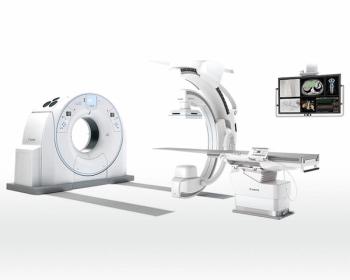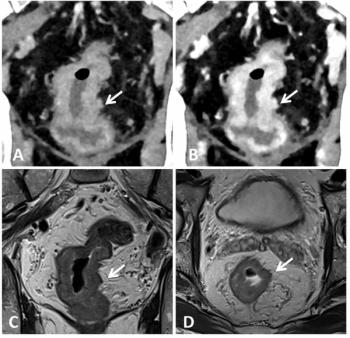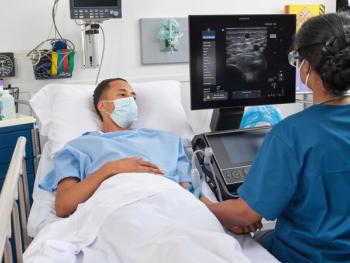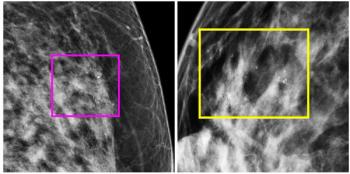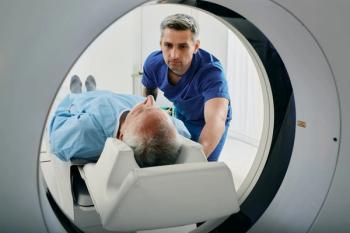
Can Diffusion Microstructural Imaging Provide Insights Into Long Covid Beyond Conventional MRI?
In a recent interview, Alexander Rau, M.D., discussed emerging research, presented at the recent RSNA conference, that shows the capability of diffusion microstructural imaging to differentiate subtle shifts in microstructural gray matter associated with common symptomatology of long Covid.
Long Covid may affect up to 41 percent of non-hospitalized adults who have had COVID-19, according to the Centers for Disease Control and Prevention (CDC).
However, diffusion microstructural imaging, a novel magnetic resonance imaging (MRI) technique, may provide improved insight into associations between microstructural changes in the brain and common Long Covid effects such as neurocognitive deficits, fatigue, and olfactory dysfunction, according to new research presented at the recent
In a recent interview, Alexander Rau, M.D., one of the lead authors of the study, discussed key findings from the prospective research that compared 89 patients with long Covid, 38 patients who had a COVID-19 infection but didn’t have long Covid, and 46 patients with no history of COVID-19.
By utilizing diffusion microstructural imaging, Dr. Rau and his colleagues discovered patterns of microstructural gray matter alterations that differed between those with long Covid and those who didn’t have long Covid after having a COVID-19 infection, particularly in basal brain structures.
“There is an impact of COVID-19 on the brain’s microstructure that we could measure with advanced diffusion imaging that was undetectable on conventional (MRI) imaging,” noted Dr. Rau, a resident in the Departments of Neuroradiology and Diagnostic and Interventional Radiology at University Hospital Freiburg in Freiburg, Germany. “Those alterations were associated with post-COVID condition associated symptoms such as fatigue, impaired olfaction, and cognitive decline. Thus, there is evidence that those alterations contribute to the pathophysiology of the post-COVID condition.”
(Editor’s note: For related content, see “
For more insights from Dr. Rau, watch the video below.
Newsletter
Stay at the forefront of radiology with the Diagnostic Imaging newsletter, delivering the latest news, clinical insights, and imaging advancements for today’s radiologists.

